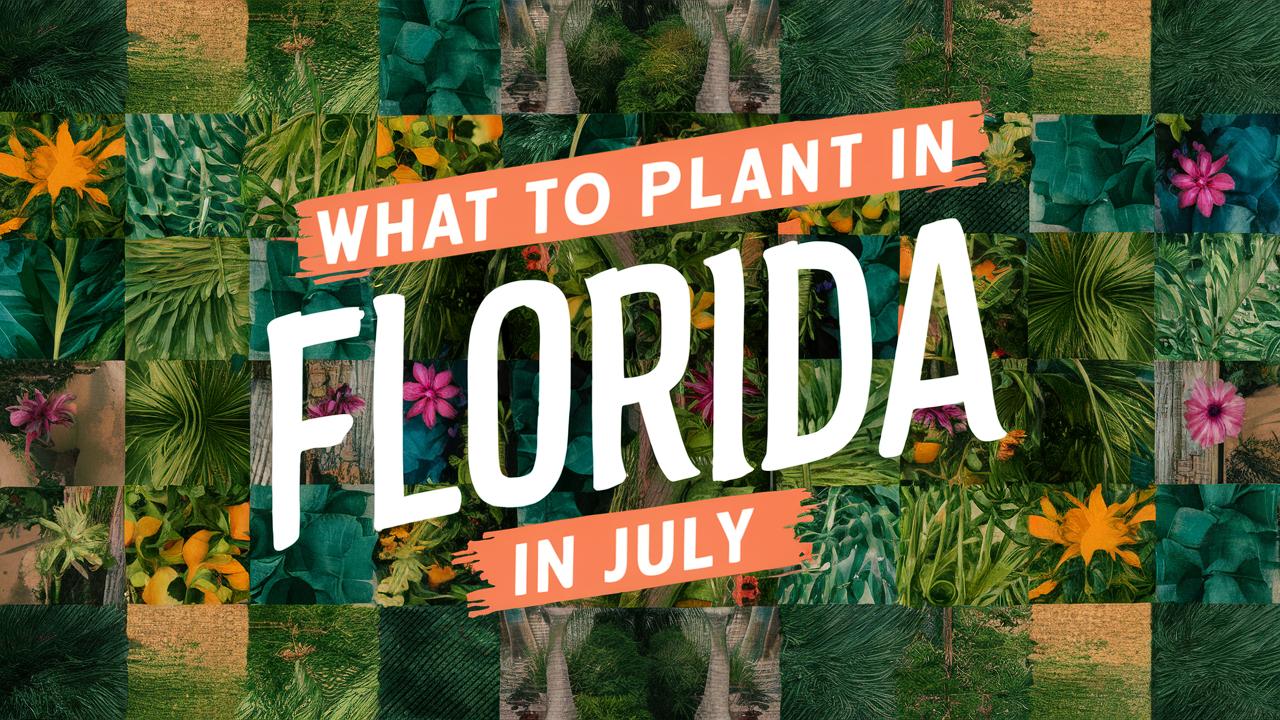This article details various vegetables, flowers, herbs, and landscape plants that thrive under Florida’s sultry summer sun, specifically tailored to the state’s distinct USDA zones.
Vegetables To Plant
In Florida, the USDA Hardiness Zones range from 8 to 10, allowing for year-round gardening opportunities. When it comes to July, gardeners can focus on a range of warm-season vegetables that can thrive under the Florida sun. Here are ten vegetables that can be planted successfully in July.
Okra
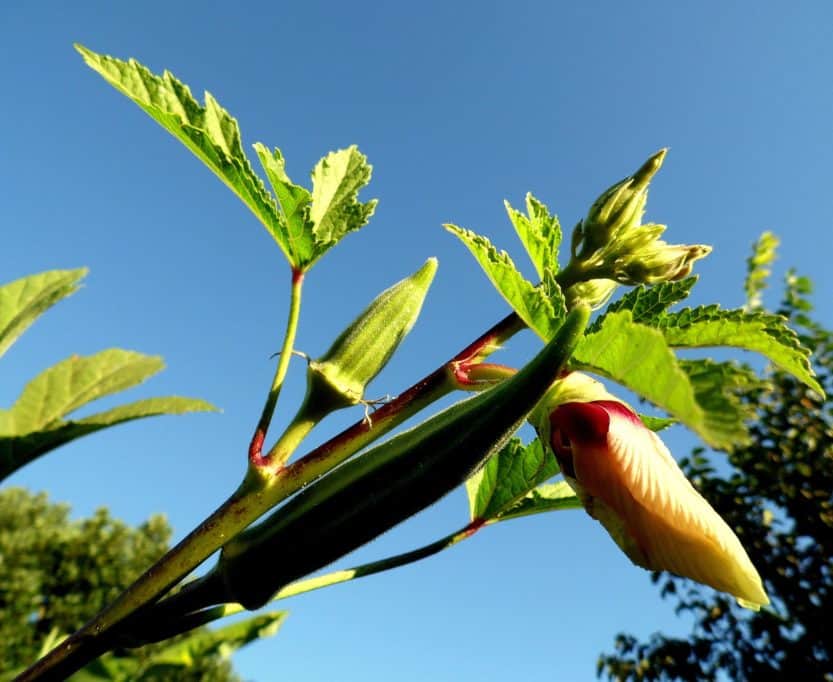
Okra thrives in the warm, humid conditions of Florida. It can be planted from late spring through late summer, making July an ideal time. This vegetable requires full sun and well-drained soil. In Florida, it can tolerate temperatures as high as 100°F. Okra is not only heat-resistant but also drought-tolerant once established, making it an excellent choice for July planting. The plants require consistent watering, especially during dry spells, and can produce edible pods within 55 to 65 days of planting.
Beans
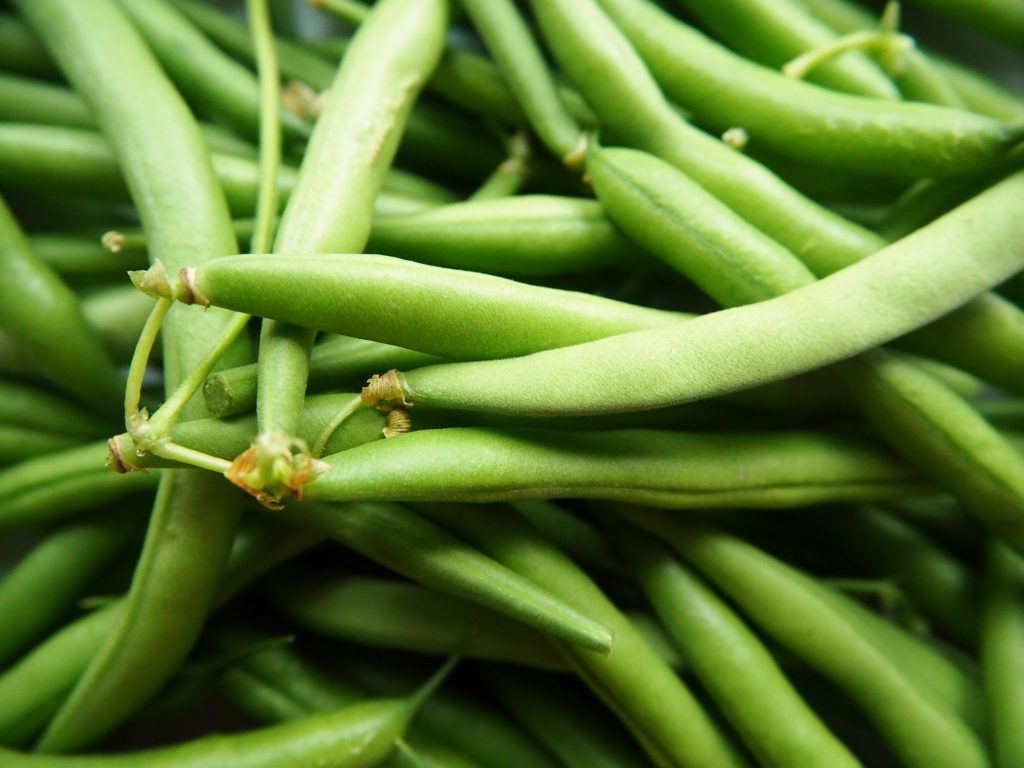
Depending on the variety, beans can be sown in July for a late summer or early fall harvest. Pole beans, for instance, prefer warmer temperatures and should be sown directly into the ground as the soil heats up. In Florida, both bush and pole varieties thrive well. They require full sunlight and can be planted in well-drained soil. Planting in rows and using trellis support for pole beans can maximize yield. Beans generally mature between 50 to 70 days after sowing, providing plenty of productive time if planted in July.
Eggplant
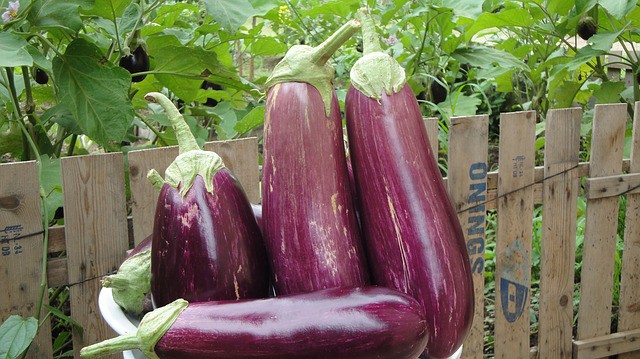
Eggplants flourish in Florida’s hot climate and can be planted in July for a successful late summer harvest. These nightshade plants love heat, thriving in temperatures between 70°F and 95°F. It’s important to give them plenty of sunlight and rich, well-draining soil, complemented with organic matter. Once established, eggplants require regular watering and can start yielding fruit approximately 70 days post-planting. Many varieties, such as ‘Black Beauty’ and ‘Thai Eggplant,’ can be planted during this time and can withstand the warm temperatures of Florida.
Peppers

Sweet and hot peppers are excellent vegetables to plant in July. They thrive in warm, sunny environments, making Florida’s summer climate perfect for their growth. Peppers require a minimum temperature of 70°F to germinate and can tolerate high heat, provided they receive adequate moisture. It’s best to plant them in well-draining soil and to ensure they receive full sunlight. Depending on the variety, peppers will be ready for harvest within 60 to 90 days. Popular varieties include jalapeño, bell, and cayenne peppers, all of which can be grown successfully in this region.
Sweet Potatoes
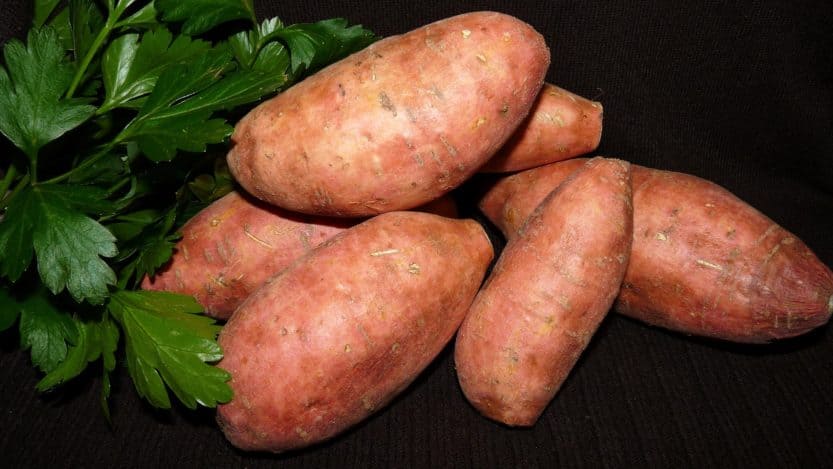
Sweet potatoes are another excellent choice for July planting in Florida. These tubers thrive in warm soil, preferring temperatures between 70°F and 95°F. Sweet potato slips can be planted in well-draining, sandy loam soils, which are prevalent in many regions across the state. They require full sun and consistent watering, especially during the first few weeks after planting. Typically, sweet potatoes are ready for harvest in 90 to 150 days, allowing for considerable flexibility in harvest timing.
Cucumbers
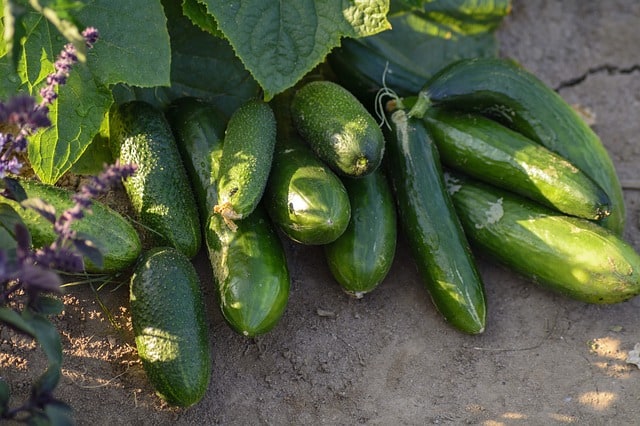
Cucumbers flourish in the growing warmth of July. They can be direct-seeded or transplanted into the garden and prefer well-drained, nutrient-rich soil. Cucumbers are least tolerant of cold temperatures, so planting them after the last frost is crucial. They usually require about 50 to 70 days from planting to harvest. Utilizing trellises can help to support their growth, allowing for better air circulation and higher yields. Given Florida’s humid conditions, it is essential to water them consistently to avoid stress on the plants.
Squash
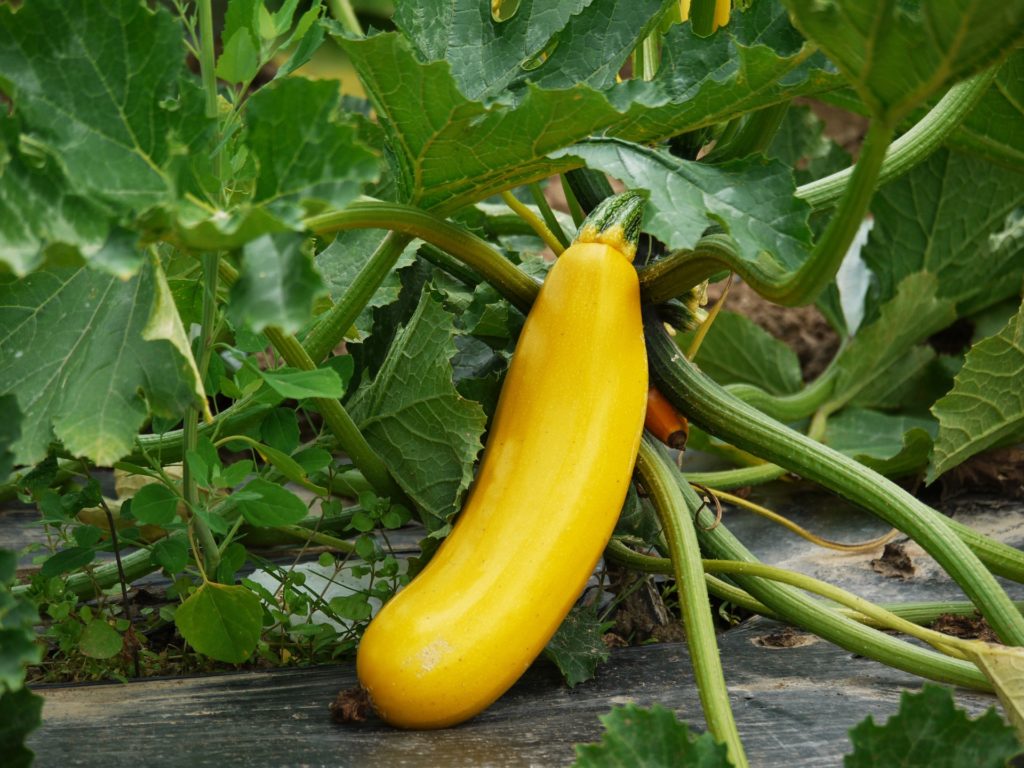
Summer squash varieties, such as zucchini and yellow squash, thrive in Florida’s July heat. They enjoy full sun exposure and well-draining soil rich in organic matter. Summers in Florida can be quite humid, and squash plants should be monitored for pest infestations such as squash beetles. Generally, summer squash grows quickly, reaching harvest maturity within 50 to 75 days. Continuous harvesting encourages further fruit production, making these plants a valuable option for summer gardens.
Collards

Collard greens are a wonderful addition to the garden in July, especially in Florida. While they can typically handle cooler weather, collards also thrive in the heat, making them suitable for summer planting as well. These leafy greens prefer well-draining soil and full sun and can tolerate temperatures up to 90°F. They require consistent moisture, especially during hot spells, but are largely pest-resistant. Collards can be ready for harvest in about 75 to 85 days, providing nutritious greens well into the fall.
Carrots
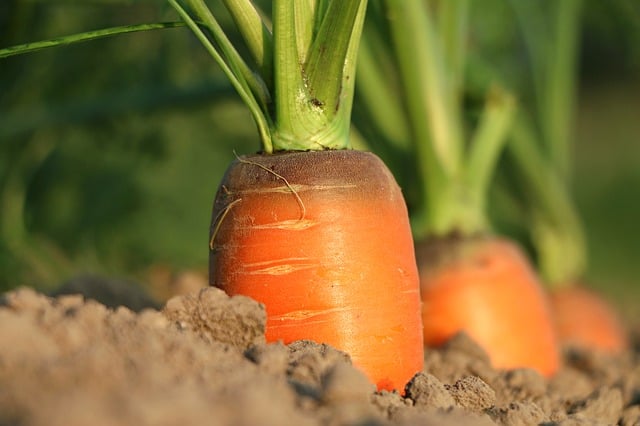
Although primarily considered a cool-season crop, certain varieties of carrots can be successfully planted in July in Florida, especially if taking advantage of the state’s warmer regions. Selecting heat-tolerant varieties and ensuring they stay moist is essential. Like many root vegetables, carrots prefer sandy, loose soils to aid in root development. They typically require 70 to 80 days from planting to maturity, making July an optimal time for growers looking for a late fall harvest.
Radishes
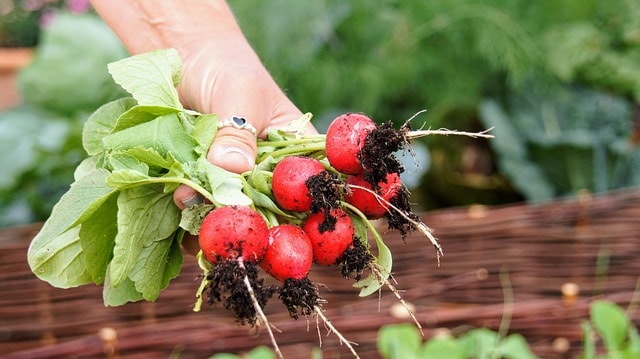
Radishes grow quickly and can be sown anytime during the summer months in Florida. They tend to tolerate heat well and can grow in a variety of soil types, although they prefer well-drained loam enriched with organic material. Commercially popular for their rapid growth cycle, gardeners can expect to harvest radishes in as little as 25 to 30 days post-planting. As such, they provide an instant reward for July planting, making them a satisfying addition to any summer garden.
Flowers To Plant
Florida’s warm climate allows for a diverse array of flowering plants that can be planted in July. The vibrant colors of summer flowers can enhance any landscape while attracting beneficial pollinators. Below are ten flowers that thrive when planted in July in Florida.
Sunflowers

Sunflowers are not only beautiful but also resilient in the Florida heat. They thrive best in full sunlight and can be planted directly into well-drained soil. Sunflowers tolerate temperatures up to 100°F and grow quickly, with many varieties reaching maturity in just 70 to 100 days. These plants are excellent for attracting pollinators and can also produce seeds that birds enjoy. Growing sunflowers can create a cheerful atmosphere in your garden.
Zinnias

Zinnias are a colorful addition to any garden and perform exceptionally well in Florida’s warmth. Plant them in full sun and moist, well-drained soil to enhance blooming. They are drought-tolerant once established and bloom in a variety of colors. Zinnias typically bloom within 60 to 70 days after planting, making them an excellent choice for a late summer display. Their vibrant colors and ability to attract butterflies make them indispensable in any garden.
Marigolds
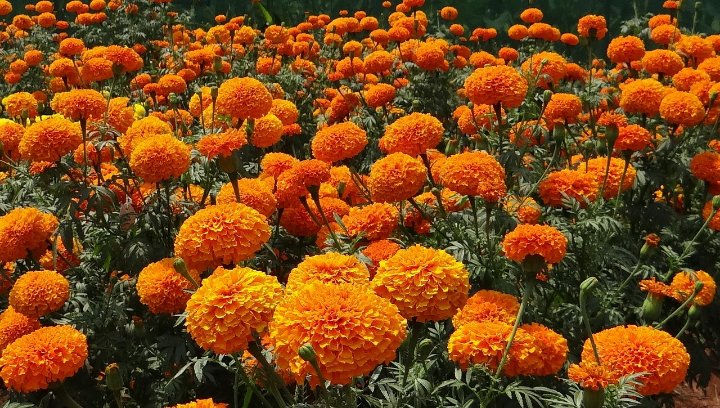
Marigolds are hardy flowers that enjoy sunny positions and can be planted in July across Florida. They bloom widely throughout the summer, offering a radiant orange and yellow palette. These flowers are particularly beneficial because they can deter pests in vegetable gardens, making them valuable companions for numerous plants. With a maturity rate of approximately 50 to 75 days, marigolds are well suited for the warm summer months in Florida, providing constant color and potential pest control.
Lantana
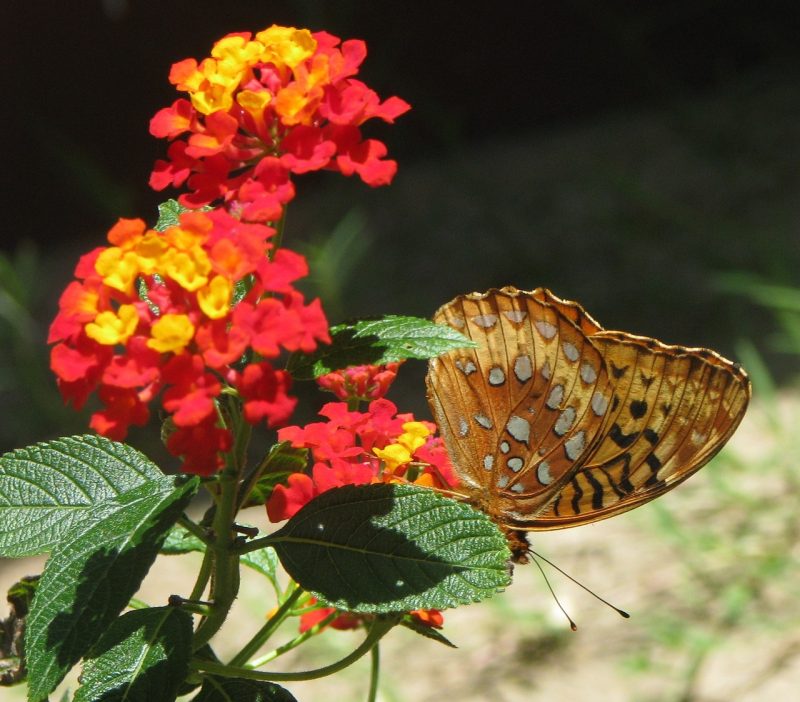
Lantana plants are ideal for Florida gardens due to their resilience to heat and drought. They thrive in full sun and can withstand the humidity typical of Florida summers. These colorful perennial flowers attract butterflies and hummingbirds, providing a lively display. In just a few months after planting, they can bloom from summer to fall, making them a reliable choice to fill your garden with color. Lantanas can tolerate temperatures as high as 100°F, showcasing their suitability for the hot summer months.
Coreopsis
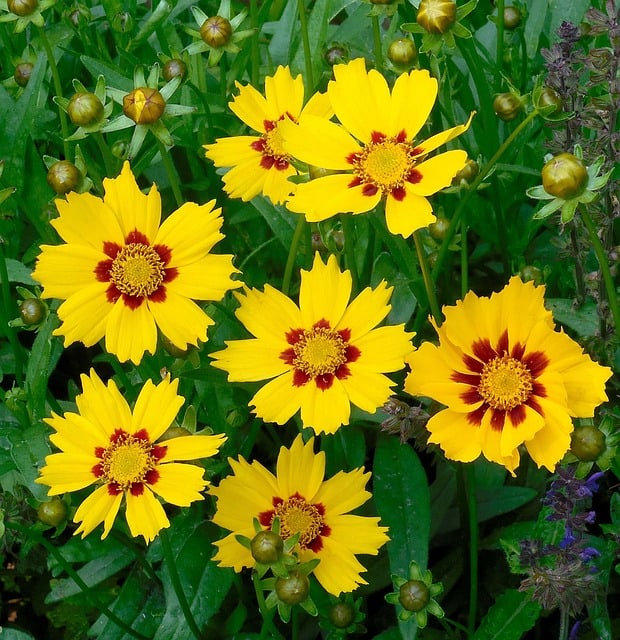
As Florida’s state wildflower, coreopsis is well adapted to the climate and can be planted in July. These perennial flowers thrive in full sun and can tolerate a range of soil types, though they prefer well-draining conditions. Coreopsis will bloom within 60 to 90 days of planting and may continue to blossom throughout the summer and into the fall. Their cheerful, daisy-like flowers provide a vibrant landscape while requiring little maintenance.
Pentas

Pentas are ideal for attracting butterflies and hummingbirds, making them a delightful choice for summer gardens. These flowers thrive in hot, sunny conditions and prefer well-drained soil. Pentas display their full beauty in the heart of summer, with blooms typically appearing 12 weeks after planting. They are tolerant of heat and can survive in temperatures reaching the high 90s, ensuring continuous color even during the sweltering months.
Bougainvillea
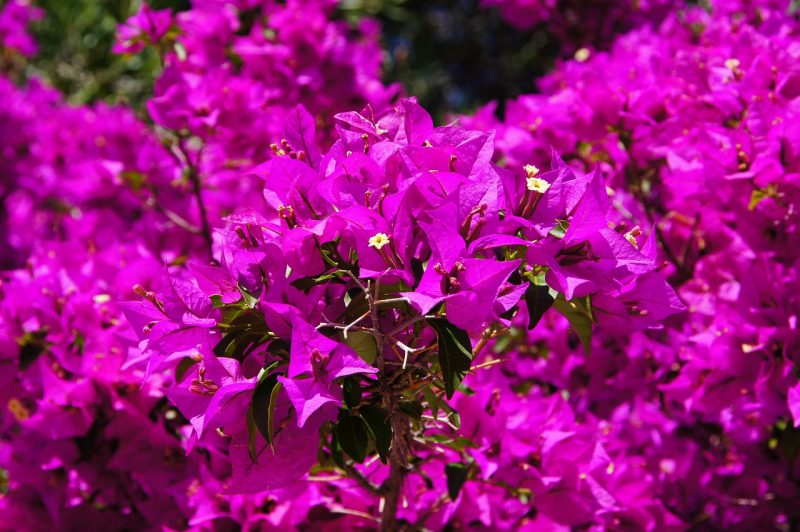
Bougainvillea thrives in drought conditions and prefers warm climates, making it a fantastic choice for July planting in Florida. These flowering vines prefer full sun and well-drained soil. Bougainvillea does not tolerate frost, but in Florida, they can flourish throughout summer, producing vibrant splashes of color. Depending on the planting location, it may take several months for these plants to establish and produce full blooms. Maintaining good drainage and regular pruning can encourage further growth.
Black-Eyed Susan
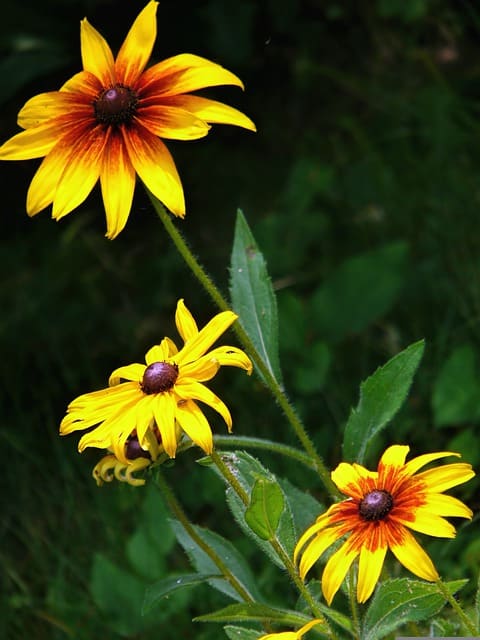
Black-eyed Susans are resilient and easy-to-grow flowers that shine in full sunlight. They can tolerate a wide range of soil types but thrive best in well-draining soil. These perennial flowers offer bold yellow and brown blooms, typically flowering within 70 to 90 days after planting. Black-eyed Susans are heat-tolerant and can survive Florida’s summer swelter, creating a lovely display of color in your garden.
Salvia
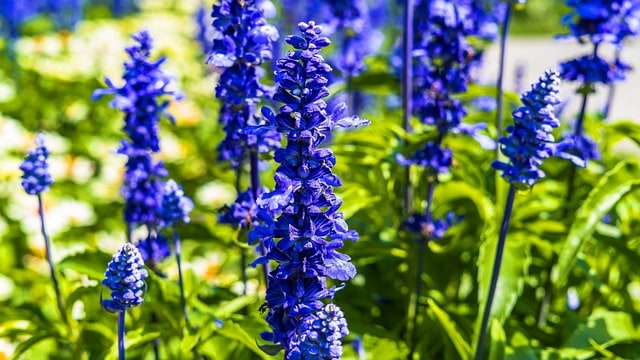
Salvia plants (also known as sage) are another excellent option for Florida landscapes. They are wonderfully drought-tolerant once established and prefer full sun, thriving best in well-drained soils. Salvia blooms can start appearing within 65 to 90 days after planting, providing lovely purple, blue, red, or white flowers. They are particularly attractive to bees and butterflies, making them a beneficial addition to pollinator gardens.
Verbena
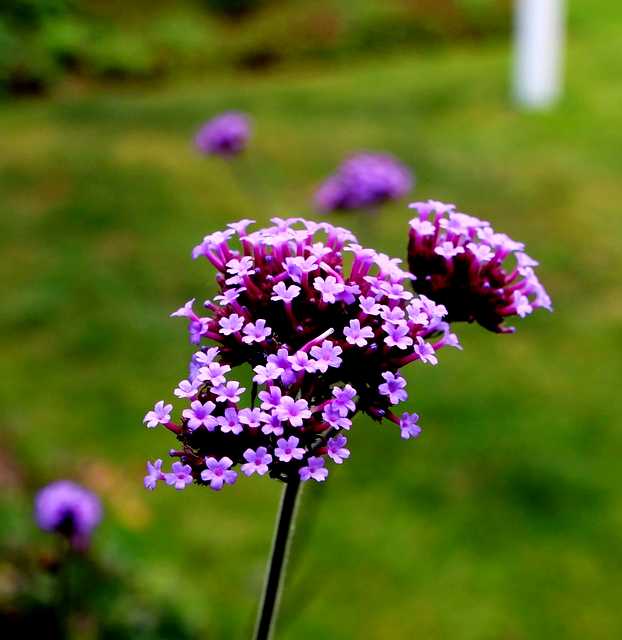
Verbena is a hardy flowering plant that prefers full sun and heat, perfect for the Florida summer. Verbena can be planted directly into the garden during July, producing a variety of colors. They are particularly low maintenance and can withstand dry conditions once established. Verbena blooms typically appear within 8 to 12 weeks after planting, making them a lovely option for vibrant color throughout the summer months.
Herbs To Plant
Herbs are a fantastic addition to any garden, enhancing culinary experiences while providing valuable greenery. Florida’s climate allows herb enthusiasts to plant a wide variety of herbs in July. Here are ten herbs suitable for July planting in Florida.
Basil
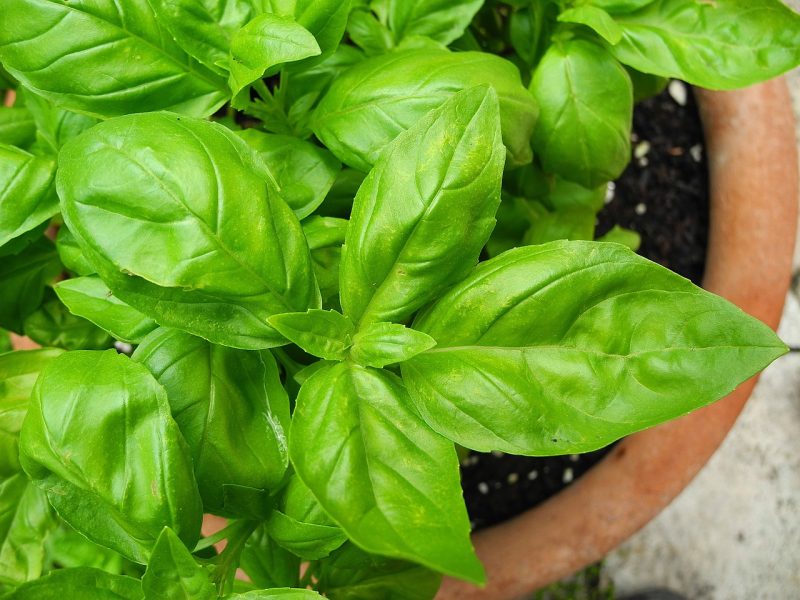
Basil is a warm-season herb that thrives in hot weather, making July a perfect time to plant it in Florida. It requires full sun and well-draining soil, preferring slightly moist conditions consistent with frequent watering. Basil grows rapidly and can be harvested within 60 days, making it perfect for summer kitchen gardens. This versatile herb can be utilized in many dishes, especially in Italian cuisine. Its aromatic leaves are best enjoyed fresh, making frequent harvesting essential.
Rosemary
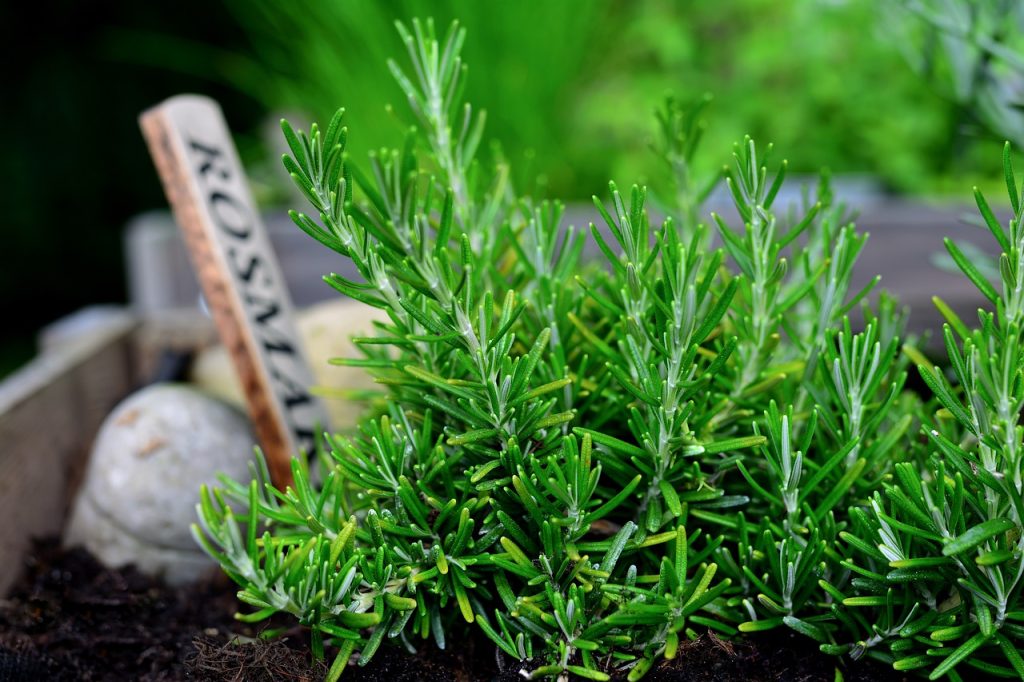
Rosemary is an evergreen herb that can handle the Florida heat exceptionally well. It thrives in well-draining, sandy soils and prefers direct sunlight. Although it can tolerate high temperatures, proper watering is crucial during the hottest months, as rosemary can be susceptible to root rot. Rosemary typically takes around 90 days to establish before it can be regularly harvested. Its woody stems and fragrant leaves make it perfect for culinary uses, particularly in Mediterranean dishes.
Oregano
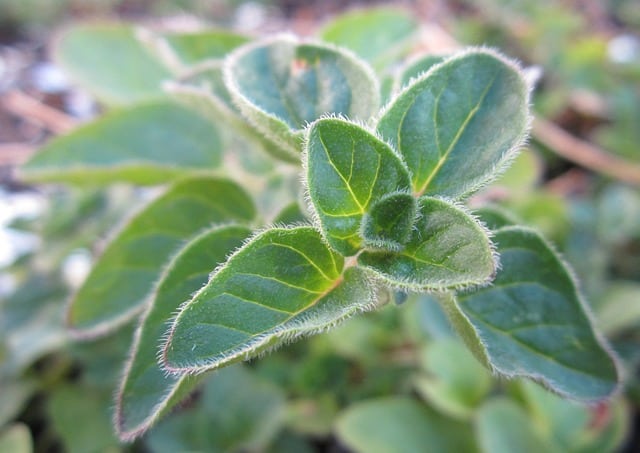
Oregano is well-suited for Florida’s climate and can be planted throughout the summer. It prefers full sun, tolerates droughts well, and thrives in well-draining soils. Oregano takes about 90 days to become established enough for harvesting, offering a robust flavor to various cuisines, especially Italian and Mediterranean. Regularly clipping the leaves encourages bushier growth, enhancing both harvest and plant health.
Thyme
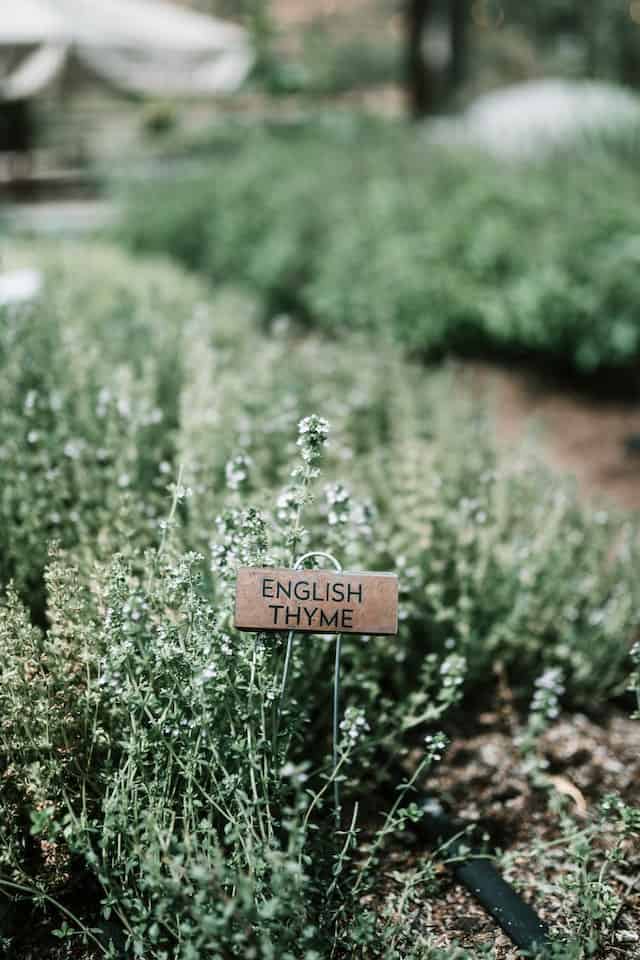
Thyme is another herb that can withstand Florida’s summer heat. Its compact growth habit makes it an ideal herb for container gardening as well. Planting thyme in well-drained soil with full sunlight is essential for successful growth. Once thyme is established, it can tolerate lower watering frequencies. It typically takes around 90 days to become fully established for regular harvesting. Thyme’s unique flavor elevates countless dishes, making it a must-have in any herb garden.
Cilantro
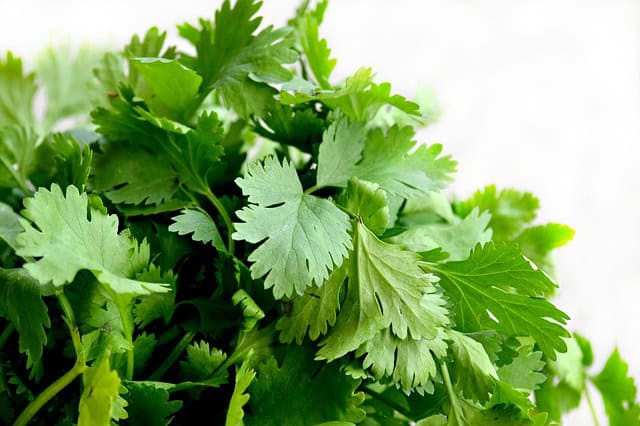
Cilantro can be planted during July in Florida, particularly in the cooler areas of the state. This herb prefers well-drained soil and full sun but will benefit from some shade in the extreme heat. Cilantro has a fast growth rate, usually maturing within 40 to 70 days, depending on conditions. Both the leaves and seeds (coriander) are edible and widely used in various cuisines around the globe.
Dill
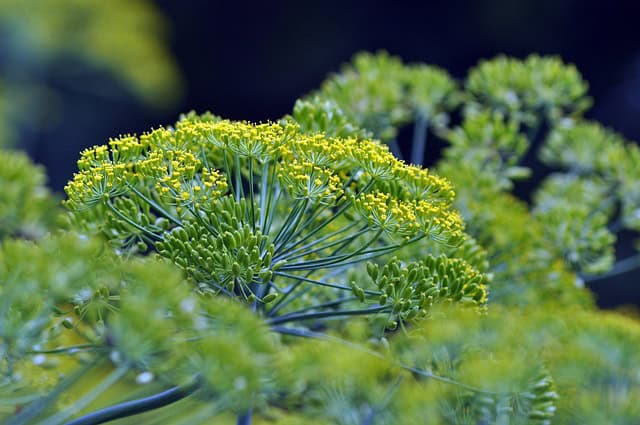
Dill is a fragrant herb that can perform well in Florida’s climate when planted in July. It prefers full sun and well-drained soils. Dill typically reaches maturity within 40 to 80 days and can bolt quickly if not harvested, so regular clipping is essential. It’s often used for seasoning pickles, fish, and salads, making it a delicious addition to your herb garden.
Mint
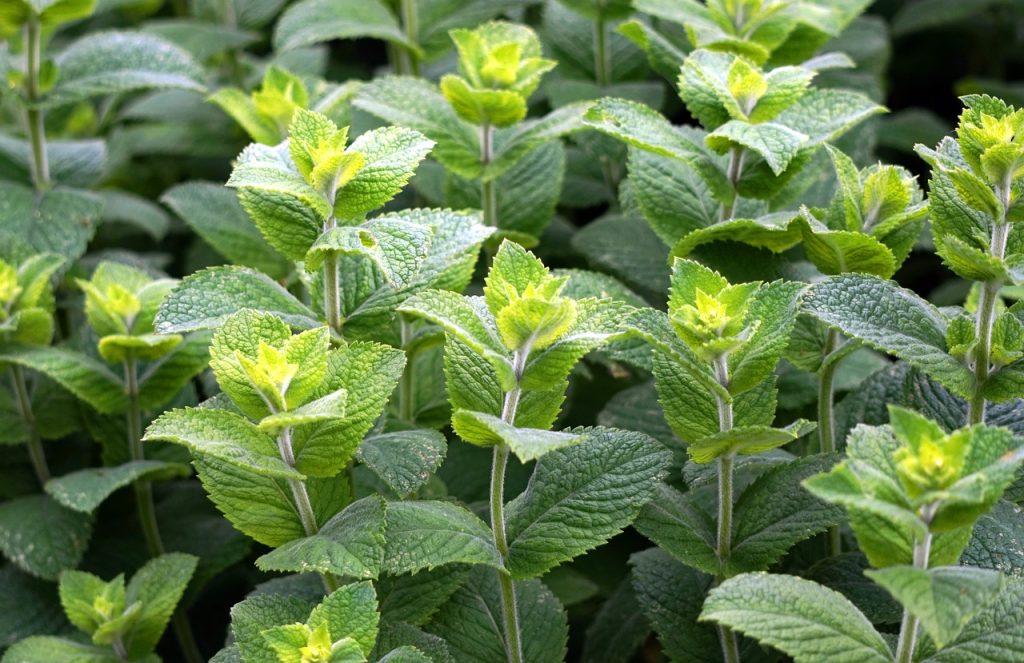
Mint is a vigorous herb that can thrive in the humidity of Florida summers. It grows best in moist, well-drained soil and partial sun to full sun exposure. Mint can take around 70 to 90 days before it can be regularly harvested, but it can spread quickly, so it is often best grown in containers to manage its invasiveness. There are numerous varieties of mint, including spearmint and peppermint, both of which provide delightful flavors for teas, salads, and desserts.
Chives

Chives are a hardy perennial that thrives in Florida’s warmer temperatures. They prefer well-drained soil and full sun exposure. Planting chives can yield a steady supply of fresh green tops for culinary uses, boasting a mild onion flavor. Chives typically take around 60 days to establish before regular harvesting can begin. Their low maintenance characteristics make them an excellent addition to any herb garden.
Lemon Balm

Lemon balm is another aromatic herb suitable for Florida’s climate. It thrives in full sun or partial shade and can be planted in well-drained, fertile soil. This herb can grow quickly, typically ready for harvest within about 70 to 80 days. Lemon balm’s unique citrusy aroma adds flavor to teas and desserts, making it delightful for culinary experimentation. However, like mint, it can spread rapidly, so container planting is recommended for control.
Sage

Sage is a Mediterranean herb that loves heat, making it ideal for July planting in Florida. It prefers well-drained soil and full sun. Sage can take around 80 to 90 days to mature, and its distinctively aromatic leaves add depth to various culinary dishes. With proper care, sage can thrive for many years, making it a perennial staple in the herb garden, suited to a variety of conditions and uses.
Landscape Plants To Plant
In addition to edible plants, landscape gardening in Florida during July can draw on a variety of flowering and foliage plants that enhance outdoor aesthetics. The tropical climate of Florida allows for diverse choices in landscape plants. Below are ten landscape plants that can be successfully planted in July.
Crape Myrtle
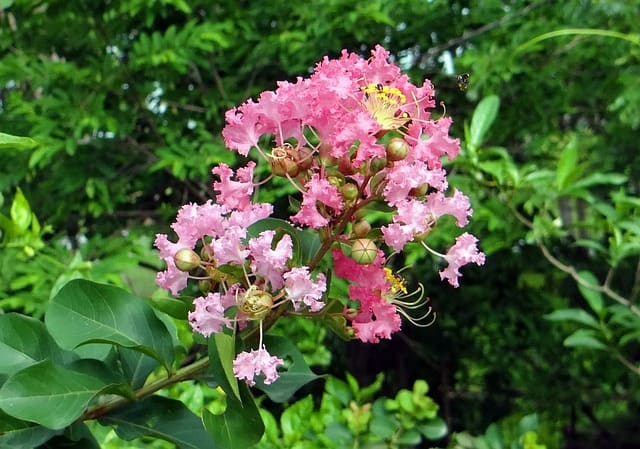
Crape myrtle is a popular flowering tree that flourishes in Florida’s summer heat. Its vibrant flowers bloom in shades of pink, red, white, and lavender, providing stunning summer color in landscapes. Crape myrtles thrive in full sun and well-drained soil and are relatively low maintenance once established. They tolerate drought well and can bloom from mid-summer to fall, making them a cheerful addition to any landscape.
Hibiscus
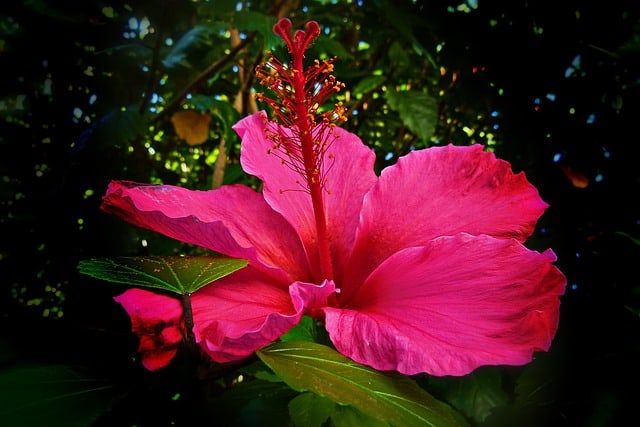
Hibiscus plants thrive in warm tropical climates and can be planted in Florida’s gardens in July. These stunning tropical flowers prefer full sunlight and well-draining soil. With proper care, hibiscus can produce large, colorful blooms throughout the summer. Depending on the variety, flowering can begin within a few months after planting, attracting butterflies and providing a lush, tropical feel to the garden.
Bougainvillea

Bougainvillea is ideal for covering trellises, fences, or walls with vibrant colors. It thrives in full sun, well-draining soil, and warm temperatures, making it perfect for July planting. Bougainvillea can withstand drought and heat but may require regular trimming to maintain shape and encourage blooming. Their flamboyant blooms create a tropical flair in any landscape setting, showcasing vibrant colors that bloom randomly throughout the summer.
Indian Hawthorn
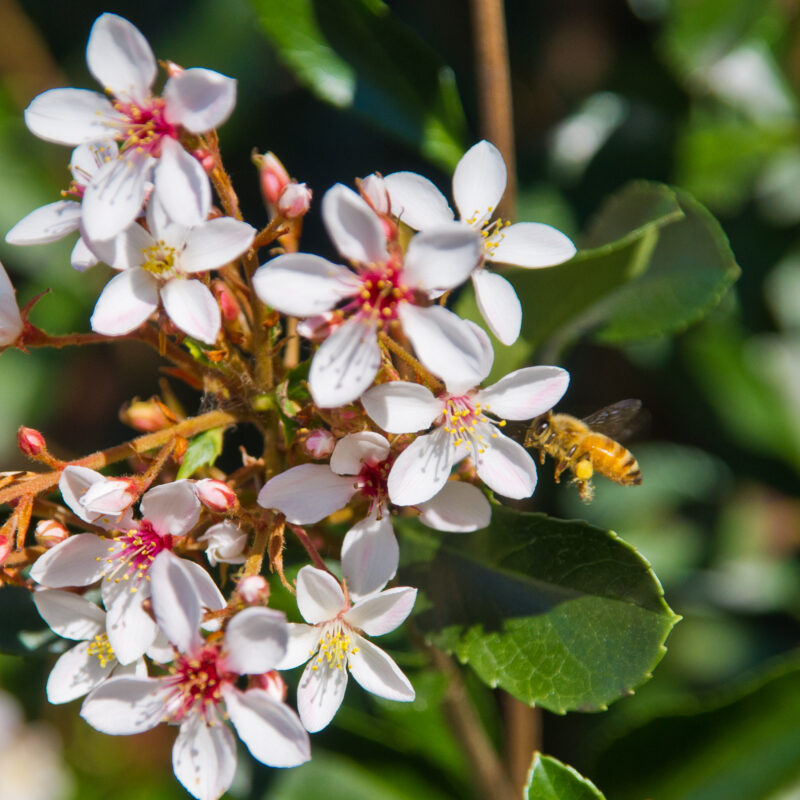
Indian hawthorn is a versatile shrub that can thrive in full sun. It produces white or pink flowers in late spring, offering a beautiful backdrop for summer landscapes. This plant is drought-tolerant once established and prefers well-drained soils. Indian hawthorn can grow up to five feet tall, making it suitable for borders, hedges, or foundation plantings in gardens. Its resilience to heat and humidity makes it an excellent choice for July planting.
Bottlebrush
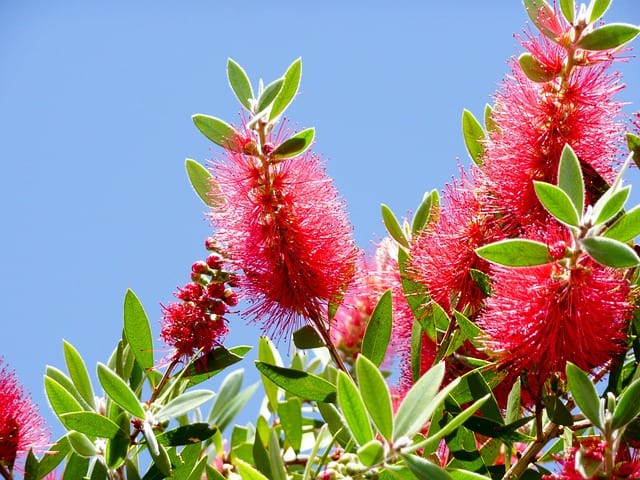
Bottlebrush plants are known for their unique floral spikes resembling a bottlebrush, hence their name. They are well-suited for planting in July, preferring full sun and well-draining soils. These plants are hardy, drought-tolerant, and can attract bees and hummingbirds. Bottlebrushes typically begin blooming within a few months, providing brilliant red, pink, or yellow flowers that thrive in Florida’s tropical climate.
Oleander
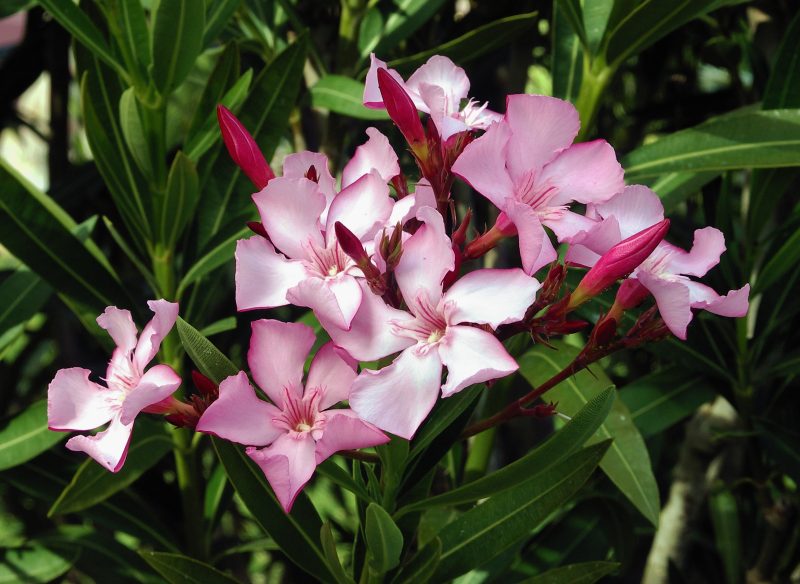
Oleander is an evergreen shrub that performs exceptionally well in hot, sunny conditions. Its dense foliage and colorful blooms can add vibrant shades to gardens throughout the summer months. Oleander is drought-tolerant once established and can thrive in poor soils. However, caution should be taken as all parts of the plant are toxic if ingested. They can grow up to 10 feet tall and spread widely, making them suitable for privacy screening or windbreaks in landscapes.
Dwarf Burford Holly

Dwarf Burford Holly is a compact, evergreen that works exceptionally well in southern landscapes. They thrive in full sun and require little maintenance, making them ideal for busy gardeners. Dwarf Burford Hollies produce small flowers followed by red berries in the winter months, providing visual interest throughout the year. They typically reach a height of about 3 to 4 feet, perfect for low hedges or foundation plantings.
Palmetto

Palmette’s native to Florida make them resilient and well-suited to local landscapes. These low-maintenance palms thrive in various soil types but prefer well-drained spots in full sun. Palmettos provide a tropical feel and are drought-tolerant once established. They can grow upwards of 15 feet tall but remain compact, making them ideal for gardens and landscapes without overpowering surrounding plants.
Plumbago
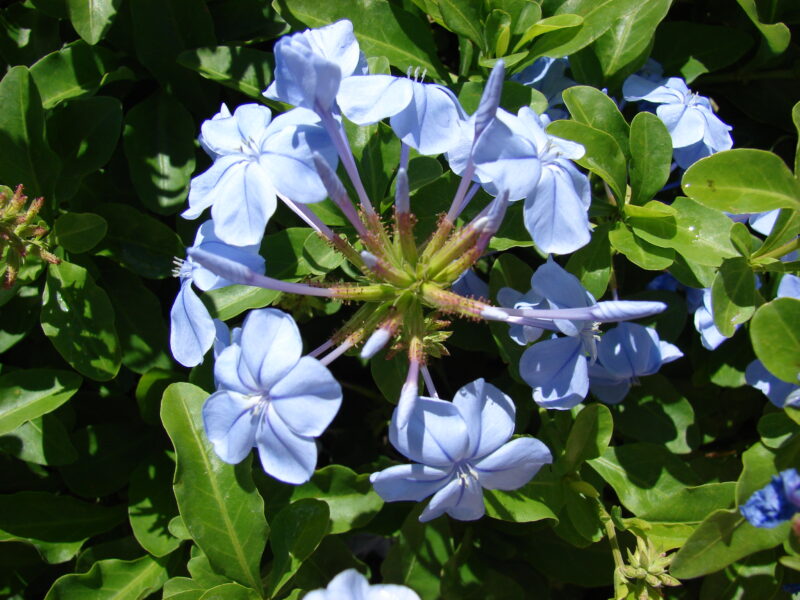
Plumbago is a versatile landscape plant that can thrive in Florida’s climate. This shrub typically features clusters of lovely blue flowers, blooming from summer to fall. It grows best in full sun and well-drained soil, making it perfect for borders or as a ground cover. Plumbago attracts butterflies and pollinators, adding life and movement to gardens. This easy-to-care-for plant is perfect for gardeners looking to fill spaces with color and beauty.
Astilbe

Although traditionally thought of as a shade-loving plant, certain varieties of astilbe can thrive in Florida’s humid climate if planted in well-drained, nutrient-rich soils. Astilbe provides lush foliage and feathery blooms, making it an excellent choice for adding texture and color to gardens. They typically flower from mid-spring to late summer, adding vibrant shades of pink, white, and red that attract butterflies and provide a beautiful display in garden beds.


